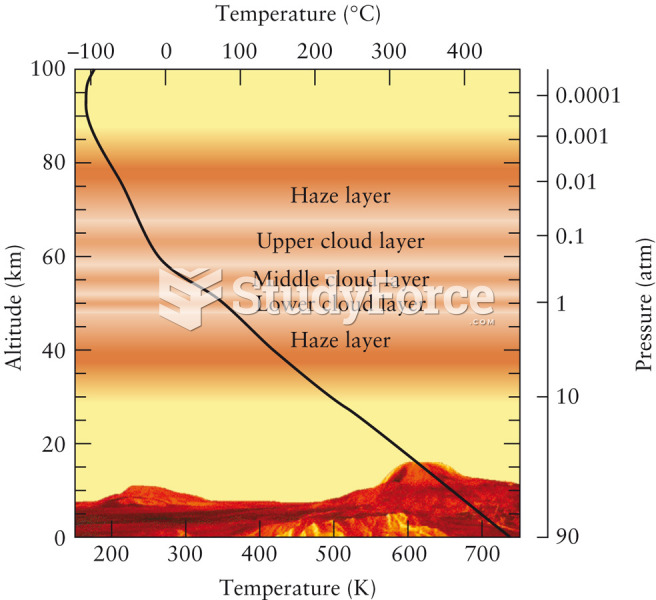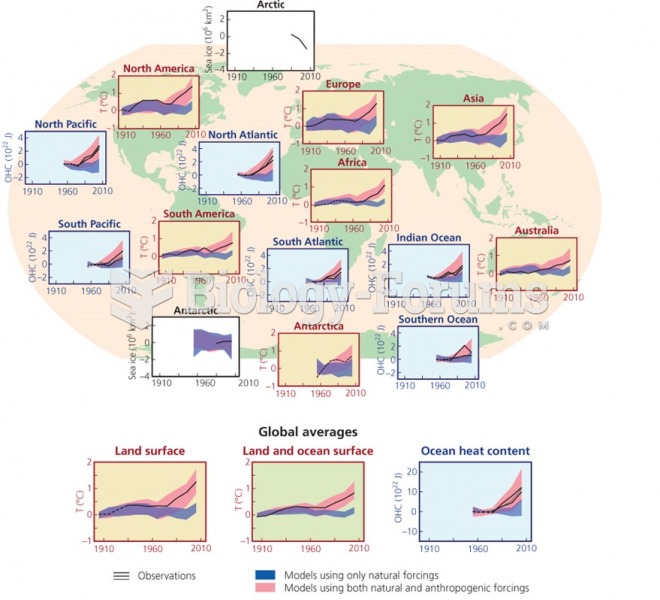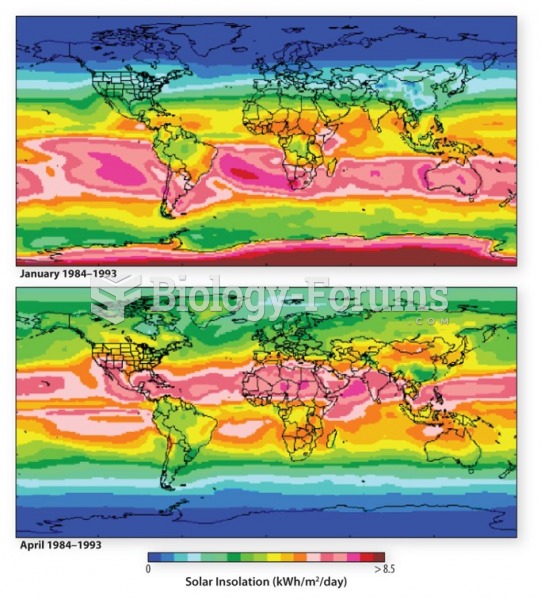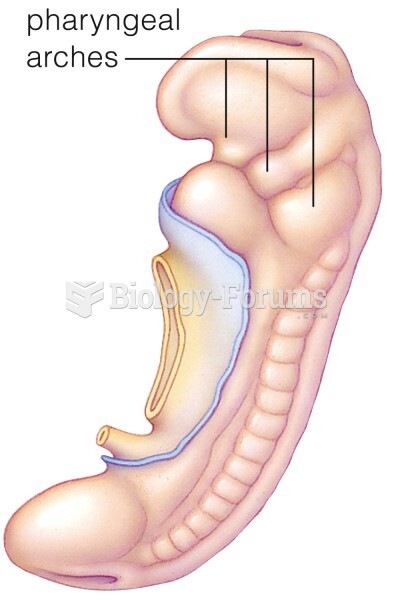Answer to Question 1
Burning coal releases carbon dioxide, which is a greenhouse gas that causes global warming. However, coal also contains sulfur-bearing minerals that release sulfurous aerosols when burned. These sulfurous aerosols, released into the atmosphere, absorb incoming solar radiation, so this is a cooling effect.
Answer to Question 2
The carbon cycle describes a complex interconnection of processes that move carbon atoms within complex molecules from living tissues, to rocks, to water, and to the atmosphere. The organic carbon in all organisms originates as carbon dioxide in the atmosphere that is incorporated into plants by photosynthesis (and then into animals when they eat the plants). Therefore, photosynthesis removes carbon dioxide from the atmosphere. When organisms die, some of the carbon remains in soil or organic matter buried in sediment, but that part of the organic carbon that decays is converted back to carbon dioxide that can be released to the atmosphere. Not all of the carbon dioxide generated by decaying organic matter in the oceans returns directly to the atmosphere, however, because a lot of it dissolves in the ocean as carbon dioxide. This also means that carbon dioxide moves back and forth between the ocean and the atmosphere, which causes either increases or decreases in atmospheric CO2. Geologic processes also affect the carbon cycle, because carbon dioxide in the atmosphere mixes with water to form a weak acid that is consumed in weathering reactions that break down rocks. This means that atmospheric carbon dioxide concentrations decrease when rock weathering rates increase. Carbon-bearing molecules dissolved in water are also incorporated into carbonate minerals that precipitate to form rocks like limestone.







